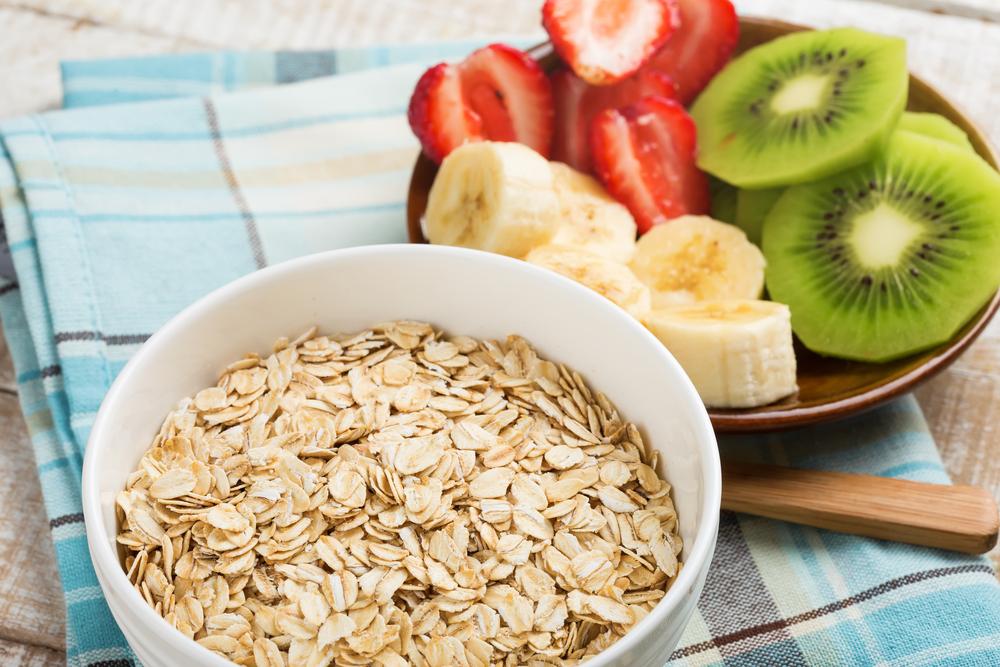
Easy Meal Planning for Diabetes
Type 2 diabetes is a condition in which the body cannot make enough or can’t use insulin effectively. Insulin is a hormone that helps the body regulate sugar in the blood. It is caused by several factors, some that can be controlled or managed such as high blood pressure and smoking, while other factors are uncontrollable, like belonging to a higher-risk ethnic group. For some people, managing diabetes will include eating healthy meals and snacks, getting regular physical exercise, and even insulin shots.
Most doctors can agree that diabetes can be managed by following a diabetes diet. By following a diabetes meal plan you can regulate blood sugar levels and help with losing and maintaining a healthy weight. We’ve compiled a helpful list to make your diabetes meal planning go as smoothly as possible:
1. Portion control
The biggest challenge when starting any diet, let alone a diabetes diet, is to learn how to control your portions. Not only can it help with diabetes management, but it will also help with weight management. We recommend trying the plate method. This involves filling half of your plate with vegetables and splitting the other half in half again with complex carbohydrates and protein. This creates an easy to remember visual of how a full meal is supposed to look. Keep in mind that portion sizes are different for everyone and are not a one-size-fits-all solution.
2. High fiber carbohydrates
Don’t believe the myth that people with diabetes shouldn’t eat carbohydrates, it’s simply not true. While there are unhealthy carbs, such as white bread, white rice, and white pasta, there are many carbs that are actually good for you, like whole grains, legumes, fruits, and vegetables. The dietary fiber found in these foods can do wonders to control blood sugar levels, protect your heart from stroke and heart disease, as well as keep you feeling full for longer.
3. Veggies first and foremost
You don’t have to go vegetarian or vegan to make sure you’re eating your daily requirement of vegetables. You just need to remember to fill half of your dinner plate with vegetables, like we suggested above in the plate method. It’s the easiest way to ensure you are eating enough non-starchy vegetables, such as cauliflower, cabbage, asparagus, carrots, leafy greens, zucchini, and tomatoes. Put some of these ingredients together in a salad that is both delicious and satisfying.
4. Good fats
There are bad fats, such as trans fats, and then there are good fats. The good fats can be found in olive oil, avocado, nuts, seeds, soft margarine, and oily fish like trout and salmon, which are also known as unsaturated fats. Saturated fats increase cholesterol and the risk of heart disease. Since all fats are high in calories, it’s important to remember to not overdo it on the good fats.
5. Drink more water
In case you needed yet another reminder, it’s critical to your health that you drink more water! Water should be your beverage of choice because it’s both calorie and sugar free. Drinking alcohol, regular sodas, and fruit juices will raise your blood sugar levels and can even cause weight gain.
6. Plan ahead
If you fail to plan then you’re planning to fail. Sound familiar? Other than portion control, this is probably the hardest step in starting a new diet plan. Planning ahead can be the difference between success and failure. Taking the time to map out how your week looks and what you’ll need to eat to keep yourself going will give you peace of mind instead of leaving you scrambling for the closest food delivery service when hunger strikes. Arming yourself with a weekly meal plan when grocery shopping will make it easier for you to eat the right foods for your diabetes.
7. Sample meal plan
To save you a bit of time, we put together a sample day in a diabetes meal plan.
Breakfast
- ½ cup cooked oats in ½ cup of water or milk
- 1 handful slivered almonds
- 1 small orange
Snack
- ¼ cup nonfat plain greek yogurt
- ¾ cup blueberries
Lunch
- 1 8-inch low carb flour tortilla
- 2 oz smoked salmon
- 2 teaspoons low-fat cream cheese
- Sliced red onion, handful arugula to taste
Snack
- 1 handful baby carrots
- 2 tablespoons hummus
Dinner
- 1 chicken breast stuffed with low-fat mozzarella, artichoke heart, and sundried tomato
- ½ cup roasted sweet potatoes
- ½ cup cooked brown rice


